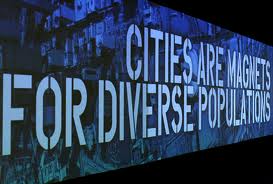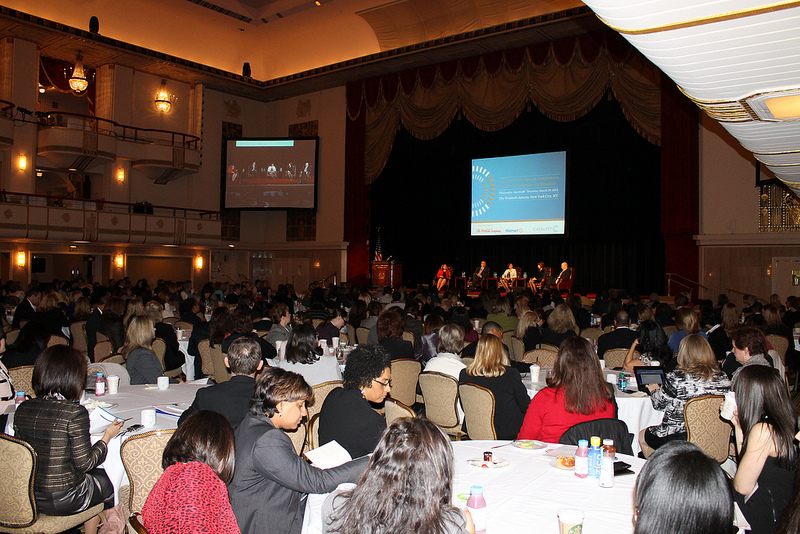By Kali Goldstone & Errol Price.
The proposed Anti-discrimination and Human Rights Bill 2012 has “Human Rights” emblazoned in the title. This is an interesting move, as it sets a certain tone and emphasises the inextricable link between human rights and the attempt to eliminate discrimination in public affairs.
The changes will consolidate five acts into one: Racial Discrimination Act 1975; Sex Discrimination Act 1984; Disability Discrimination Act 1992; Age Discrimination Act 2004; and the Australian Human Rights Commission Act 1986.
Critics of the Bill have noted that anti-discrimination laws operate predominantly in the area of employment and that the balance is now tilted in favour of the employee.
 The Bill does not include some of the most far reaching proposals, which some have argued are necessary to give ‘teeth’ to anti-discrimination law in Australia. For example, there are no provisions entitling the Human Rights Commission or any other body to investigate or bring proceedings based on large scale systemic discrimination.
The Bill does not include some of the most far reaching proposals, which some have argued are necessary to give ‘teeth’ to anti-discrimination law in Australia. For example, there are no provisions entitling the Human Rights Commission or any other body to investigate or bring proceedings based on large scale systemic discrimination.
The new Bill redefines discrimination as “unfavourable treatment.” This removes the requirement traditionally relied on in anti-discrimination law in Australia – “the comparator.” The applicant could prove that there was discrimination if they could show how the alleged discriminator may have or would have treated someone else, (the comparator), in the same circumstances.
However, the comparator provisions were unduly technical and tended to lengthen the duration of trials. The simplified definition of discrimination will benefit both employers and employees.
The grounds of discrimination have been expanded to include sexual orientation and gender to the grounds previously covered, including:
- race (including colour, descent and national or ethnic origin)
- that a person is or has been an immigrant
- sex
- marital status
- pregnancy or potential pregnancy
- breastfeeding
- family responsibilities
- disability (including carers and associates)
- age
The most significant amendment lies in the shift in the burden of proof. The proposal is to share that burden between the person who is complaining (applicant) and the person whose conduct is being complained about (respondent).
The applicant merely needs to produce prima facie evidence of being disadvantaged, and that the reason or purpose of that disadvantage was related to a protected attribute (such as sex, race, disability), with the onus then shifting to the respondent to disprove the case.
The court will presume that the impugned conduct is taken for an unlawful reason, unless the respondent is able to prove the contrary. It is an approach long used in Australian labour law.
The rationale behind this change is that a respondent will be in a better position to be able to prove the real reason why he/she engaged in such behaviour and to demonstrate that it is reasonable in the circumstances.
Few overseas jurisdictions follow the current Australian approach of imposing the full burden of proof on the applicant. In the United Kingdom, European Union and Canada, the burden of proof shifts to the respondent once the applicant has established a prima facie case of discrimination. In the United States, case law has also established a framework of shifting burdens of proof. So the proposed change is in line with international standards.
The respondent will have access to one broad, all-encompassing defence – justification. This means that discrimination is not unlawful when it is done for a legitimate aim and proportionate to that aim.
However, the Bill does not ignore the need of employers who wish to take genuine pro-active steps to reduce discrimination and to be able to raise a defence to any claim that they have taken such steps.
The Bill provides that any person or body may develop and implement an ‘action plan’ to assist officers and employees to avoid engaging in unlawful conduct. This action plan may then be used as part of a defence if the person or organisation is sued.
Furthermore, the Human Rights Commission does have the ability to dismiss unmeritorious complaints. This will reduce the likelihood that businesses are swamped with frivolous or baseless claims.
Since the Bill is likely to become law in 2013, we encourage organisations to register codes of conduct with the Australian Human Rights Commission that can provide a full defence to subsequent discrimination claims.
We also recommend that employers review and consolidate their compliance mechanisms and have regular and appropriate training to ensure that the right policies and procedures are in place.
It is in all our interests to create a culture that seeks to prevent discrimination from transpiring in the first place, as the best way to guarantee business integrity and avoid paying expensive legal fees, is through prevention.

















